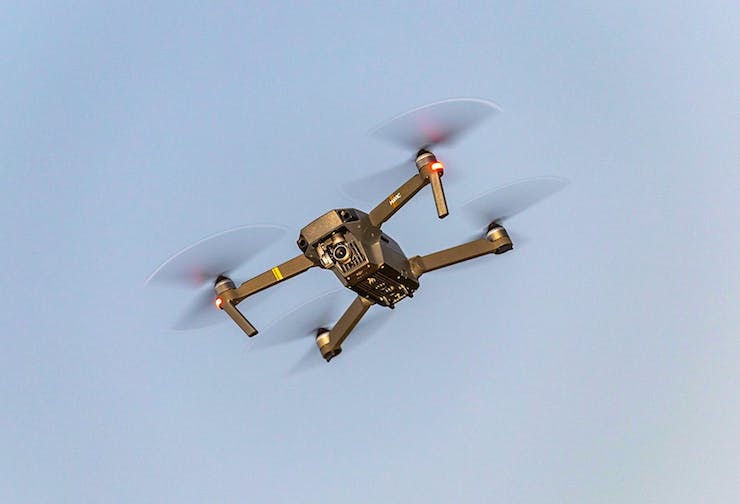
It seems that North Carolina is becoming a hub for US based drone pioneering. Located in the southeastern region of the United States, North Carolina is the 9th most populated state in the country. It is also home to the country’s largest research park, Research Triangle Park, that is spread between Raleigh, Chapel Hill, and Durham. Over the last year UPS and Matternet teamed up to prove that drone deliveries are not only feasible, but a tremendous tool as they began transporting medical supplies throughout the WakeMed campuses in Raleigh. Now North Carolina State University has just won a coveted grant from the National Science Foundation (NSF) to further drone technology.
With an annual budget of $8.1billion from the US government, NSF is dedicated to promoting the advancements of all non medical related sciences. They are a major financial supporter for the research conducted in fields such as science, mathematics, computers, engineering, and technology at universities in the United States. Last year the NSF funded two research centers to study the implications of 5G connectivity in New York City and Salt Lake City. This year they have awarded a massive grant, along with monies from other private investors, to the North Carolina State University to create a center to study how drones and 5G connectivity interact.
With more than 36,000 undergraduate students at NC State’s Raleigh campus, the university is leading the way when it comes to educating the future. Winning this grant came as no surprise to NC State Chancellor Randy Woodson. He said, “One of the things that NC State does is it brings partners to the table. This is one of those grants that you can’t win unless you have city partners and people that can use the technology that you are able to work with. We know how to work with the private sector, we know how to work with the public sector, so we can bring the critical partners together that the National Science Foundation wanted.”
The research center will be held on the university’s Centennial Campus with the hopes of being operational by this December. The center will be run by NC State, though they fully plan to take advantage of collaborations with other organizations. The point of the center will be to see how the relationship between drones and 5G connectivity can be enhanced to further the economy and security of the United States. Some of the ideas that will be studied are how to enable drones to fly out of line of sight, integration for agricultural systems, delivering internet access in emergencies, and much more.
The lead investigator for the center is Ismail Guvenc who is particularly interested in running experiments using 5G to allow drones to fly out of line of sight. Currently this is one of the main issues holding back full scale drone delivery systems, as operating a drone out of line of sight is prohibited by the FAA. As Guvenc states, “To enable major use cases, like delivery or public safety or inspection, that requires you to go beyond line of sight. How do you make drones that fly out of visual line of sight? You have to connect it to cell towers, but they are designed to serve ground users not drones. So we have to test for that.” And as Chancellor Woodson also said, “We are all struggling with how are we going to monitor and control drones that are flying through the airspace,” he said. “The only way you can do that is to have them connected to a system of communication. 5G is the only way right now we can envision air traffic with drones involved.”
The NSF is clearly invested in researching this technology now with three centers dedicated to the possibilities of 5G and drones. NSF, along with the US government want to ensure that the United States remains a leader when it comes to world wide technologies. They are working hard to encourage a shift in technological and scientific development to not be outsourced to foreign countries. The NSF, with the help of other private investors, have pledged $100million over the next seven years to see to it that the United States of America is indeed the world leader in wireless and drone industries.
|